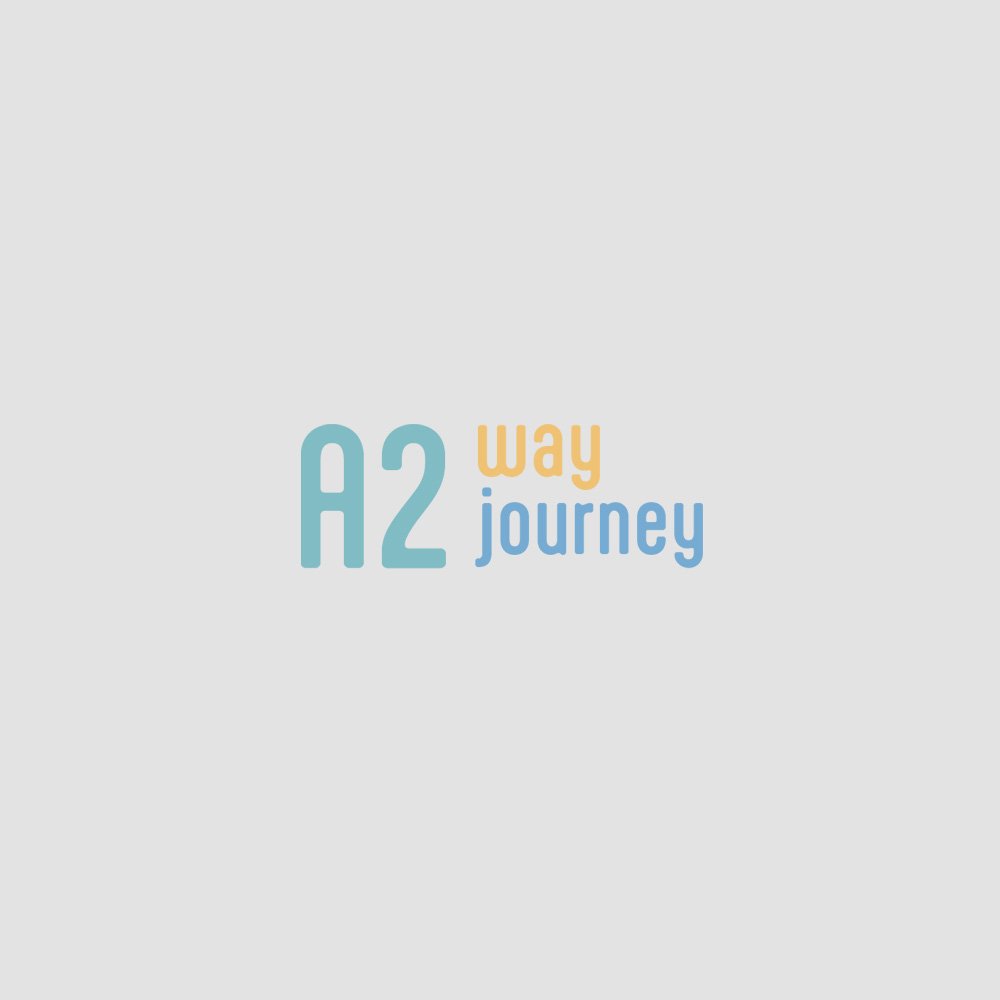
Hello again! It’s us, Daryna and Francis, and today we want to share how our project “A Two Way Journey Volunteers” in Ankara has taught us the true meaning of intercultural learning.
When we first arrived here with the other volunteers, we thought we would simply be teaching our languages and sharing our customs with Ukrainian refugees. But we quickly realized we were doing something much bigger. We were learning to see the world through completely different eyes, discovering that every culture holds pieces of universal human wisdom.
Intercultural learning isn’t about memorizing facts from guidebooks. It’s when Kseniia realizes that silence during conversation means something completely different in Turkish culture than in Ukrainian, and she learns to read these pauses with new understanding. It’s when Sasha discovers that Portuguese storytelling traditions have the same emotional depth as Ukrainian folk tales, just expressed in different rhythms. We realized that true learning begins the moment you stop thinking “this is strange” and start asking “what can this teach me?” Francis says the most beautiful moments are when you suddenly understand a gesture, a joke, or a tradition that seemed foreign just days before.
The first few weeks showed us how much wisdom exists in everyday cultural exchanges. When Khrystyna learns that Turkish tea culture isn’t just about drinking tea – it’s about creating space for conversation and connection. When Maria discovers that Portuguese children’s games use the same cooperation principles as Ukrainian ones, just with different songs. We created unwritten rules for our intercultural community: every tradition has a story worth hearing, there’s always something valuable to learn from another way of doing things, misunderstandings are opportunities for deeper understanding, and different doesn’t mean wrong.
The biggest discovery of our project has been this: intercultural learning isn’t about becoming like others. It’s about becoming more complete versions of ourselves by understanding how others see the world. Bruno didn’t just learn to make borscht – he discovered Ukrainian concepts of hospitality that enriched his own way of welcoming people. Daryna didn’t just learn to make pastel de nata – she absorbed Portuguese approaches to celebrating small daily pleasures. Mattias showed us Scandinavian concepts of equality and consensus, while Ukrainian children taught him about resilience and finding joy despite difficulties. This is real magic – when different worldviews don’t clash but complement each other.
We receive the deepest lessons in intercultural learning from children. They don’t see cultural differences as barriers but as interesting variations in the human experience. When an 8-year-old Turkish boy teaches a Ukrainian girl how to count in Turkish, he doesn’t think about language barriers – he simply shares what he knows with patience and enthusiasm. A nine-year-old Ukrainian girl started mixing Turkish words into her games, creating a new hybrid language that everyone could understand. She said, “Why use only one language when we can use three?” Such simple yet profound logic of intercultural exchange.
Of course, not everything comes easily. Sometimes it’s hard to find the balance between appreciating differences and avoiding stereotypes. There were moments when we tried too actively to find cultural explanations for individual behaviors. Once Francis assumed that someone’s directness was a “cultural trait” without recognizing it as personal communication style. This reminded us that true intercultural learning also means seeing people as individuals within their cultures, not representatives of them.
Sometimes it’s difficult to navigate cultural sensitivities. When someone seems offended, it might be a cultural misunderstanding, personal preference, or something completely unrelated to culture. We’re learning to ask respectfully and listen carefully rather than making assumptions.
After three weeks in the project, we understand that intercultural learning isn’t something you “complete” like a course. It’s a lifelong journey of curiosity and openness. It’s when you automatically consider different perspectives before making judgments. When you find beauty in unfamiliar traditions at the grocery store. When you simply approach differences with curiosity rather than fear. Daryna says the biggest change is when you stop thinking “this is how we do it at home” and start thinking “how many beautiful ways exist to do the same thing?”
Our international project has shown us that intercultural learning creates bridges that transcend any political boundaries. When Mattias from Sweden learns Ukrainian lullabies to sing to refugee children, when Portuguese Bruno adapts his football teaching to include Turkish fair-play traditions, when Ukrainian Khrystyna learns to prepare Turkish breakfast for tired volunteers – it’s all one big celebration of human diversity. We’re creating a model of a world where differences are treasures to be shared, not barriers to overcome. Where learning isn’t about “I’ll teach you my way,” but about “let’s discover what we can create together.”
Our project in Ankara continues, but even now we know these three weeks have forever changed our understanding of culture and identity. We’ve learned that the most powerful intercultural exchange isn’t a one-time cultural presentation, but a constant openness to being surprised and enriched by others’ ways of seeing the world.
We’re returning home not just with new cultural knowledge. We’re returning with expanded hearts and minds that can hold multiple ways of being human. How to be people who celebrate diversity while recognizing our fundamental sameness.
Step by step, day by day, we’re learning to be those who weave cultures together instead of keeping them separate. And this is the best lesson in intercultural understanding one can receive.

